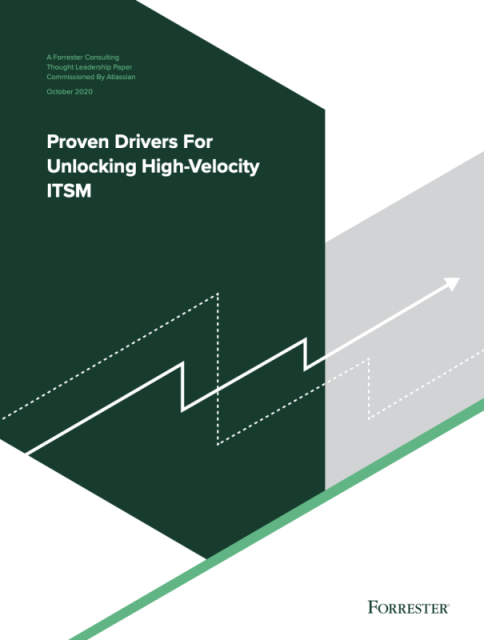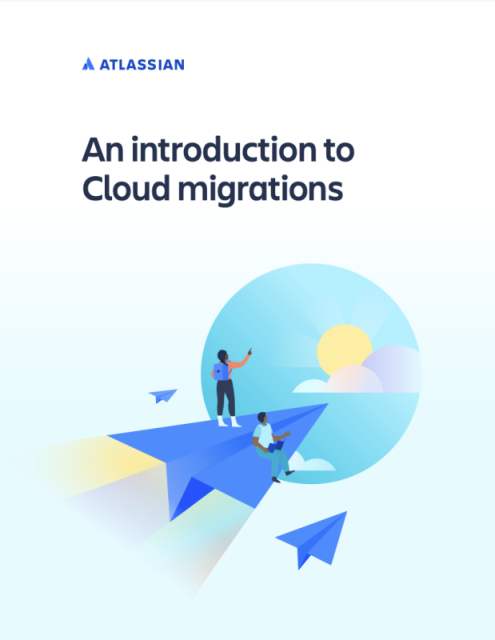According to the folks at Atlassian, it is possible to be too good at your job, and this can actually hinder your career advancement. While hard work and exceptional performance are typically associated with recognition and opportunities, there are several reasons why being overcompetent can backfire.
Here is a short overview of the consequence of overperformance.
- Managers may hesitate to promote or assign new responsibilities to high-performing employees because they are valuable assets. Promoting such individuals could compromise efficiency or result in the loss of an exceptionally effective team member. This selfishness on the part of management can hinder an employee's career trajectory.
- Potential damage to workplace relationships. Colleagues or managers might feel threatened or undermined by a high-performing employee, leading to alienation or even workplace bullying. According to research, exceptional productivity by a few workers can create tension and lead to attempts to sabotage their work or reputation.
- Burnout presents a possible risk. Overachievers may face increasing pressure from management to take on more responsibilities without adequate support for their professional growth. The lack of a clear sense of impact can be a significant risk factor for burnout, surpassing heavy workloads themselves.
It's important to note that not all employees are affected equally by this phenomenon. Ultimately, the responsibility falls on companies to address this organizational dysfunction and prevent talented workers from missing out on opportunities because of their abilities. However, individuals can also take steps to protect themselves, such as being team players, focusing on improving communication and leadership skills, and seeking feedback. In some cases, it may be necessary for affected employees to consider finding new employment.
To read the entire article on Atlassian blog, click here.
To read the entire article on Atlassian blog, click here.














